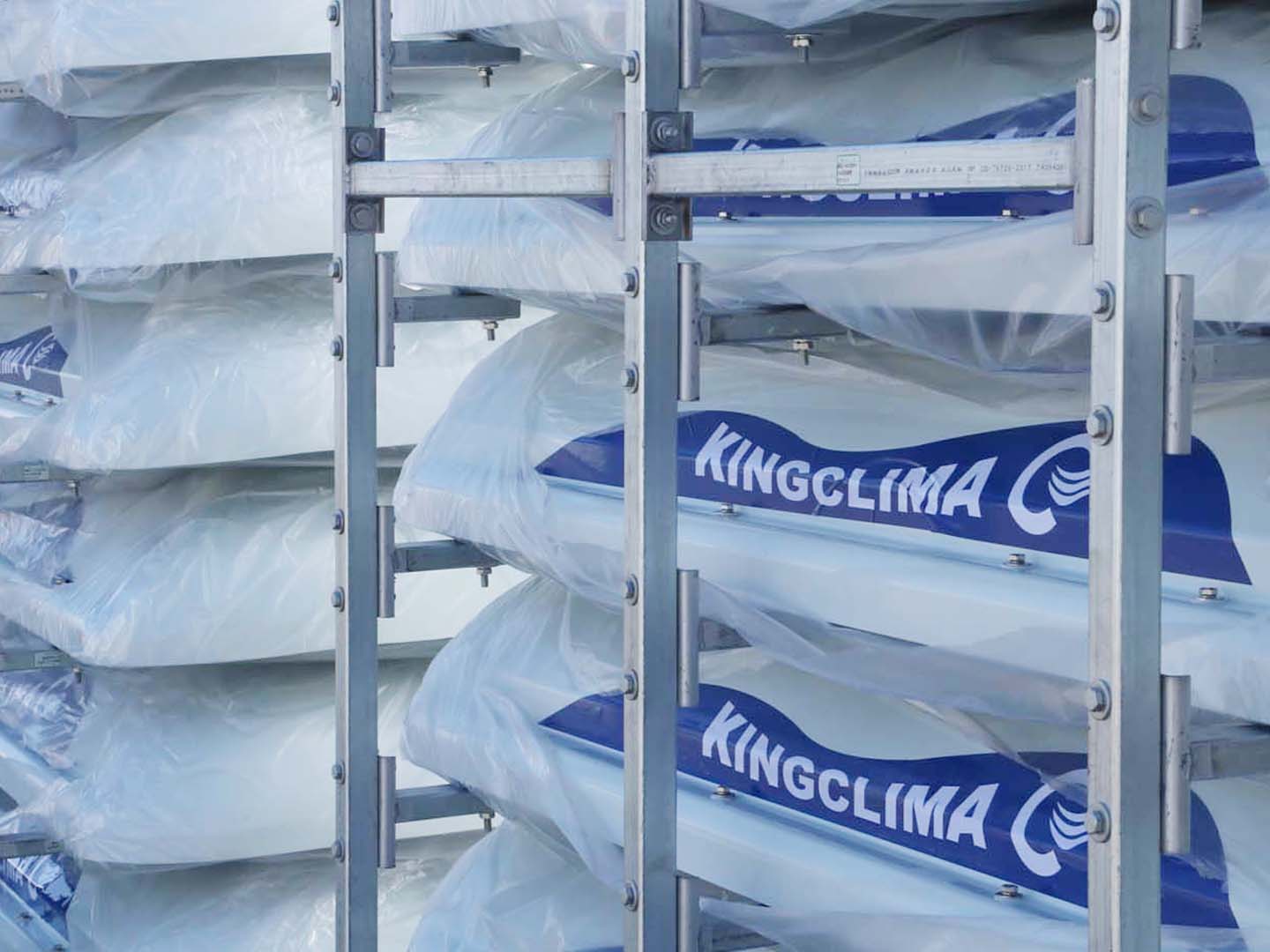Coaches Hvac Manufacturer technological development history is an evolutionary history centered around "power source transformation" and "intelligent upgrade".
The technological development of bus air conditioning manufacturers in China and globally can be clearly divided into four main eras, driven by revolutions in vehicle technology, particularly in power systems.
Era 1: The Mechanical Drive Era (Mid-20th Century - Late 20th Century)
Core Technological Characteristics: Belt-Driven Fixed Displacement Compressor
The compressor is connected to the crankshaft pulley of the car engine via a belt, relying entirely on the engine's power output. Engine speed directly determines the compressor's speed and cooling capacity.
Simple mechanical control. The operation of the compressor is determined by the engagement or disengagement of an electromagnetic clutch. Temperature control uses a simple "on-off" cycle, resulting in large fluctuations in interior temperature.
The compressor always operates at a fixed displacement; engagement consumes engine power, increasing fuel consumption.
Cooling efficiency drops sharply when the engine is idling (e.g., when a bus is pulling into a station); however, it may become too cold at high speeds.
It cannot operate after the engine is turned off.
The first era focused on solving the "existence" problem, pursuing basic system reliability, durability, and cost control.
Era 2: Electrification and early intelligentization (1990s - 2000s)
Belt-driven constant-displacement compressors + rudimentary electronic control. Variable displacement compressors (such as swashplate compressors) controlled mechanically or by vacuum emerged. They automatically adjusted displacement according to heat load, reducing frequent clutch starts and stops, and improving energy efficiency and comfort.
Simple electronic control units (ECUs) began to be introduced, receiving signals from temperature sensors to achieve proportional-integral-derivative control of the compressor clutch and fan speed, resulting in more precise temperature control.
Independent temperature control for front and rear cabins or left and right compartments began to appear on Coaches Hvac manufacturers.
The pursuit was for higher energy efficiency, better comfort, and richer functionality.
Era 3:The new energy revolution and the heat pump era (2010s - present)
Core driving force: Popularization of pure electric buses. Electric scroll compressors became the absolute mainstream. Driven by a high-voltage battery-powered motor, which in turn drove the compressor, completely eliminating dependence on engines.
Electric buses lack engine waste heat for winter heating, and early models relied on high-power PTC electric heaters, severely compromising driving range.
Heat pump technology, through components such as a four-way reversing valve, allows the Coaches Hvac to switch between cooling in summer and heating in winter. Its heating efficiency ratio is far higher than PTC, becoming a key technological breakthrough in solving the winter range problem for electric vehicles.
Coaches Hvac Manufacturer is focusing its efforts on developing high-efficiency compressors, low-resistance fans, and optimizing heat exchanger design, as every watt of power consumption in the air conditioning system directly affects the vehicle's driving range.
Mastering heat pump technology is a core competitive advantage, and relentlessly pursuing system energy efficiency.
Era 4:The Era of Intelligent Connectivity and Fully Integrated Thermal Management (Present - Future)
Connectivity, Intelligence, and Full System Integration
The air conditioning system becomes a node in the vehicle network, supporting remote control (pre-cooling/pre-heating), remote fault diagnosis, data upload and analysis, and OTA online upgrades.
The system can learn driver habits and, combined with GPS positioning and weather forecasts, automatically adjust the interior temperature in advance.
This represents the forefront of current technological development. This involves deep physical and control integration of traditional cabin air conditioning, battery thermal management systems, and electric drive cooling systems.
A single domain controller intelligently allocates the vehicle's heating and cooling resources. For example, waste heat from the electric drive system can be used to heat the battery and cabin, or heat can be dissipated through the cabin when the battery needs cooling, achieving optimal energy utilization.

Future technologies will continue to evolve towards greater integration, intelligence, efficiency, and environmental friendliness, such as exploring the application of natural refrigerants like carbon dioxide and predictive energy management based on artificial intelligence.
In the third and fourth generations, Coaches Hvac Manufacturer, leveraging the vast domestic new energy market, has already reached the forefront of global technological competition and will continue to lead industry innovation in the future.